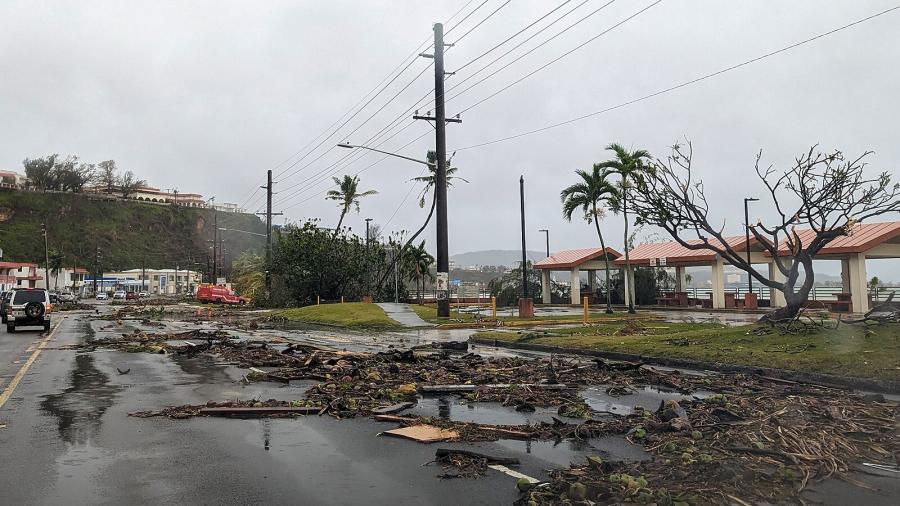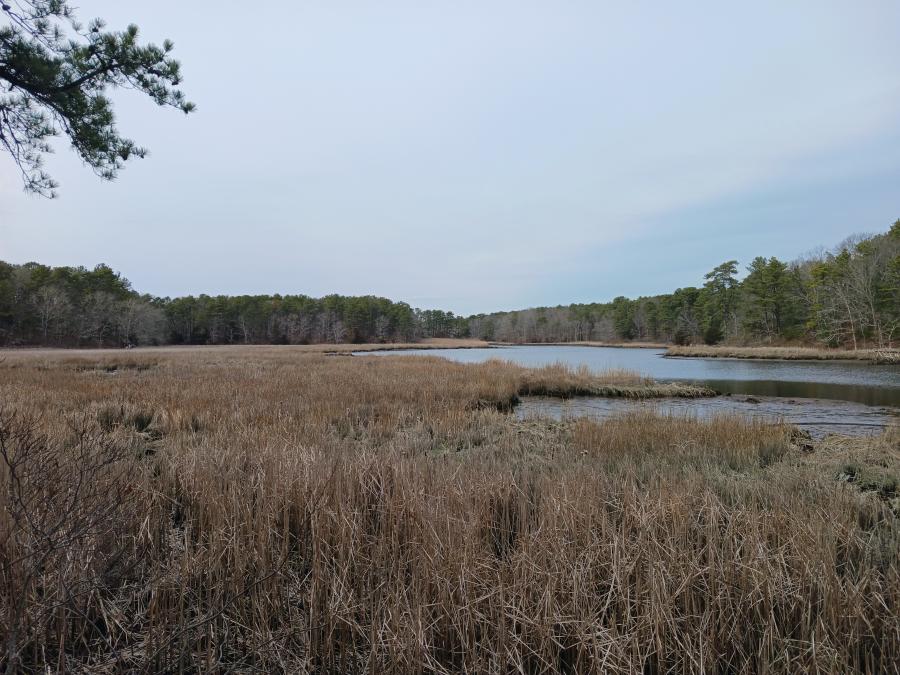Every day, wide-body jets bring new tourists and new residents to the Hawaiian islands. In 1997 the state had 1.2 million residents; Hawaiians and part Hawaiians made up 13 to 18 percent of the total island population. In 1997 158,000 individuals visited Hawaii each day, and the annual tourist arrival count was 6.8 million. With 71,000 hotel rooms, tourism is one of the primary forms of employment and many Hawaiians depend on tourism for their jobs. Tourists spend $10 billion annually, although much of this money leaks out of the state. Despite the importance of tourism to the economy, Hawaiians have opposed inappropriate resort and golf-course development and their urbanizing effects. Reasons include the foreign ownership of the industry and its negative impacts on local communities.
Hawaiians have protested against the commercialization of their culture, and the portrayal of Hawaii as "the ultimate playground" with flyers denouncing tourism-induced development, environmental degradation, poverty, and pollution. Hawaiians have made their views known in the media, by testifying at public hearings, demonstrating, and negotiating in the courts. Certain Hawaiian groups have delayed resort construction for years by using the courts to oppose government granted development permits. Some out-of-court settlements have been reached with developers. These agreements seek protection of indigenous sacred sites and burials; unimpeded access to the mauka (mountain) and makai (ocean) cultural and subsistence resources; establishment of community-based indigenous organizations and job training for local people; and support of Hawaiian cultural and environmental restoration programs. In 1989 the Hawai'i Ecumenical Coalition issued "The Hawai'i Declaration on Tourism." This declaration stressed that a state of emergency existed for Hawaiian people and for the fragile island environment. It emphasized that tourism did not benefit the poor and the native Hawaiians; that tourism was a new form of exploitation; and that it was not an indigenous practice. The proposed rectifying actions included: return of the lands held in fiduciary trust by the state to the Native Hawaiian people; an immediate ban on further resort development in rural communities; and assistance to foster a community-based economy as an alternative to tourism.
The temporary downturn of international tourism and the devastation caused by hurricane Iwa on Kaua'i in 1993 encouraged a brief dialogue among tourist officials and Hawaiian grassroots groups to explore the rebuilding of the visitors industry from a community perspective. The proposed plan by Hui Ho `Okipa O Kaua'i called for the establishment of Hawaiian community development corporations and Hawaiian cultural centers. In 1993 the Hawai'i Ecumenical Coalition issued a one page flyer on "Responsible Tourism," proposing "A Hawaiian Point of View" on tourism. This statement indicated that mass tourism and commercialization must give way to a more sensible recognition of the dignity and the needs of the Hawaiian people. This requires respecting the Hawaiian culture and the Hawaiian Islands, and promoting more ethical business practices. Tourists should have better opportunities to learn about Hawaiian people. Exploitation should be avoided by the industry and investments should be made to improve the conditions of Hawaiians.
Recently a group of Hawaiians, supported by the Hawaii Ecumenical Coalition, peacefully demonstrated at the Honolulu airport to attract attention to Hawaiian sovereignty and to the fact that the airport was not paying rent due to Hawaiians. They were arrested and released.
There is some awareness in Hawai'i that tourism could be small scale, ecologically and culturally oriented, and more locally owned. With this approach fewer tourists would provide the same level of revenues generated by foreign owned mass tourism businesses. But the state continues to promote growth by subsidizing conventional tourism development, and is planning for a de facto population of 1.8 million, including 262,000 visitors daily, and 12.6 million tourists annually, with a total of 131,000 hotel rooms by the year 2020.
Article copyright Cultural Survival, Inc.



